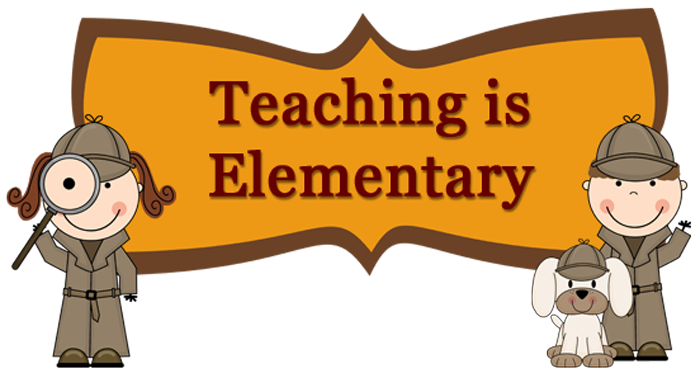 |
My students have been studying and using this essential question to guide their learning: "How Can Scientists Classify Animals?" They have learned about the major groups of Vertebrates: Amphibians, Reptiles, Birds, Mammals and Fish. Initially, the plan was to have the students create a poster using a rubric agreed upon by my colleagues. As we had time in the computer lab I decided to give the students a choice between making a poster and creating PowerPoint presentation. One hundred percent of the class voted on the PowerPoint.
Before we went into the lab I surveyed the class to find out how many students were familiar with the program. A few students raised their hands and stated they had used it in second grade. For most of the other students this would be their first attempt. So off they went, with notes in hand to work with their partners.
In the lab, they were given some basic instructions regarding the program itself: How to choose a layout and how to insert a new slide. Most of the instruction was on how to create a PowerPoint that was not 'text heavy' or too glitzy. Using the modified poster rubric they started a storyboard and began creating the slides first with plain text. When that was complete, they were allowed to go back and add pictures, change fonts/colors/themes and add transitions if wanted. The focus of this lesson was really identifying the information needed to answer the Essential Question.
It took about 2 class periods for the students to finish their work. Early finishers were taught how to add transitions and animations, which they picked up quickly. Those students then taught other classmates, and so on. It truly was great to watch the students in action helping one another and problem solving. Some students discovered how to add sound while others found they could add a video clip! Needless to say, all the students were proud of their work. Sharing begins this week!
So, when I look back and see the excitement, motivation and enthusiasm for this project, it makes me think that PowerPoint is not to be overlooked at the elementary level. I love that it is on most computers and therefore, accessible. By customizing the product, it can be used to differentiate. It's ease of use is another reason I like PowerPoint. The trick is to not "over-use it" but that doesn't mean to NOT use it. Students can also upload their Powerpoints to Voicethread as a way to share and allow comments globally or from classmates and relatives!
When planning your next project - why not rethink PowerPoint. It is attractive to the students and it might not be over-used to them.
But make sure to alert your students to avoid the mistakes advised in this funny 4 minute video.(Quality is not the best but it is about what he is saying.)
Please tell me if you have used PowerPoint lately or do you prefer another presentation tool for your students? I would love to learn from you.
RESOURCES:
PowerPoint in the Classroom: A tutorial that walks students through PowerPoint 2007.
What's Good About PowerPoint? Geared for teachers but some of the information is useful to students.
Project ideas for using PowerPoint
Encourage Students to Use PowerPoint Effectively - Great tips from Teaching Today
From Death to Life by PowerPoint - by Ellen Finkelstein




